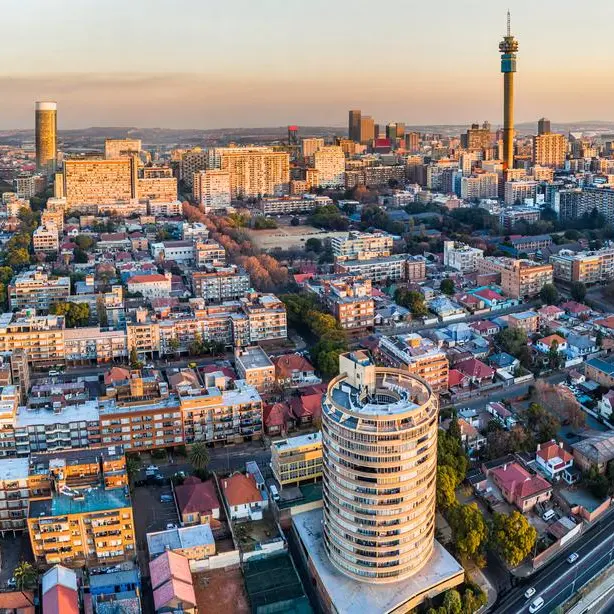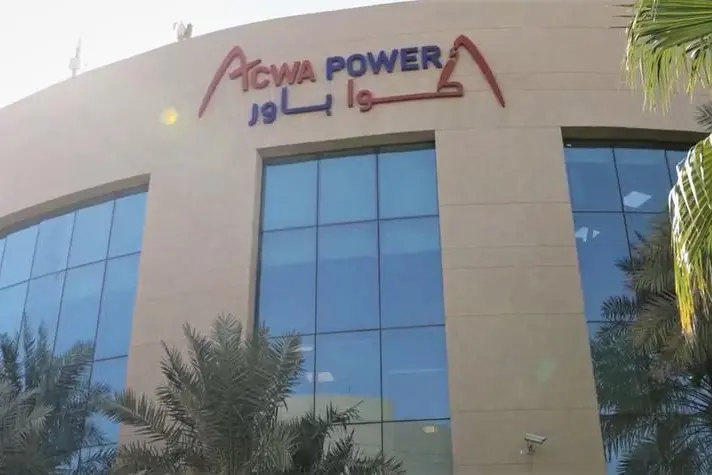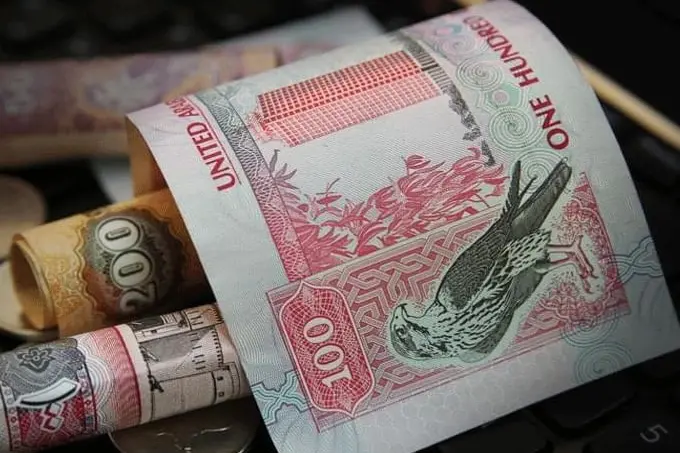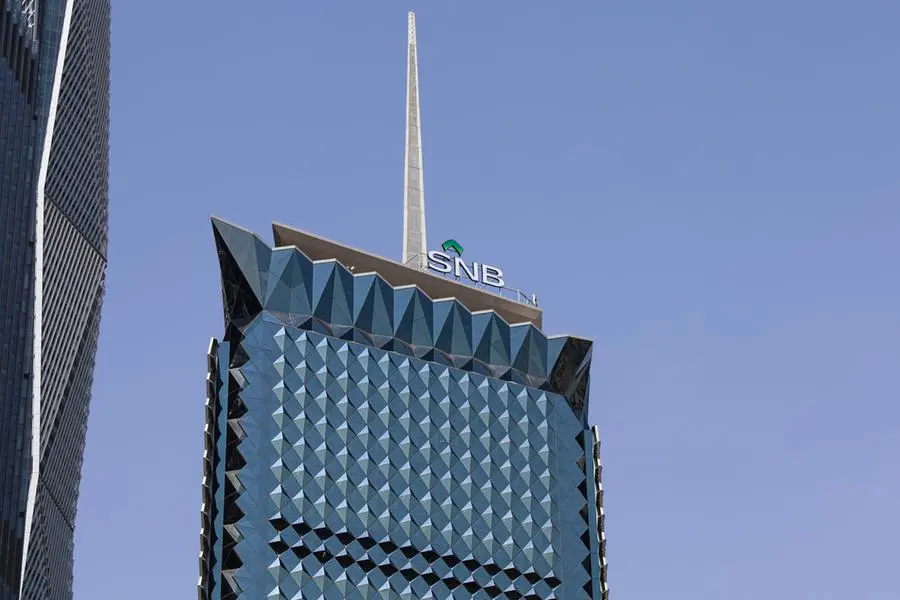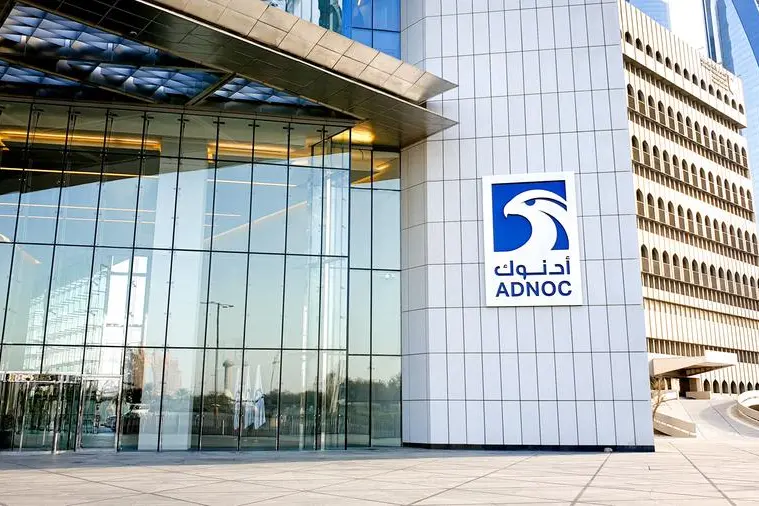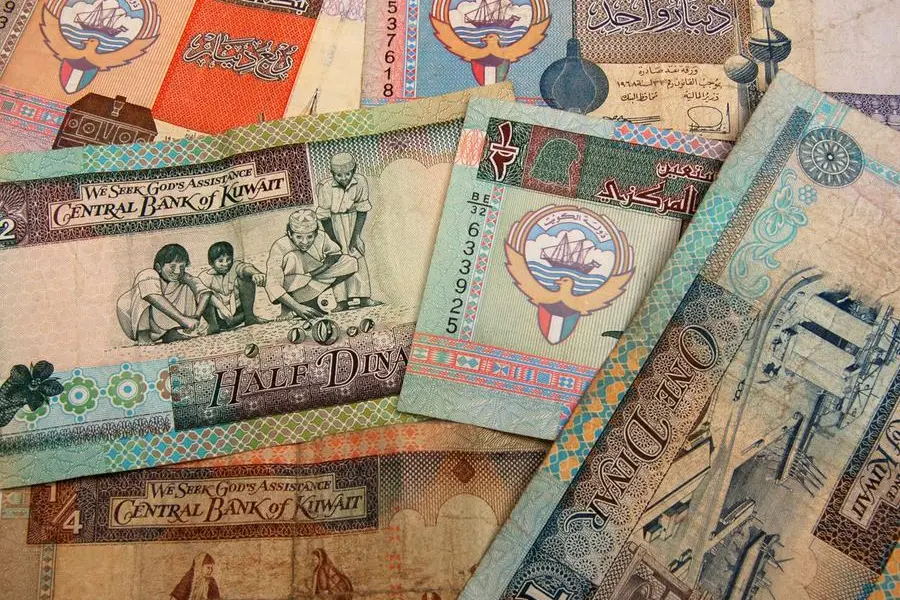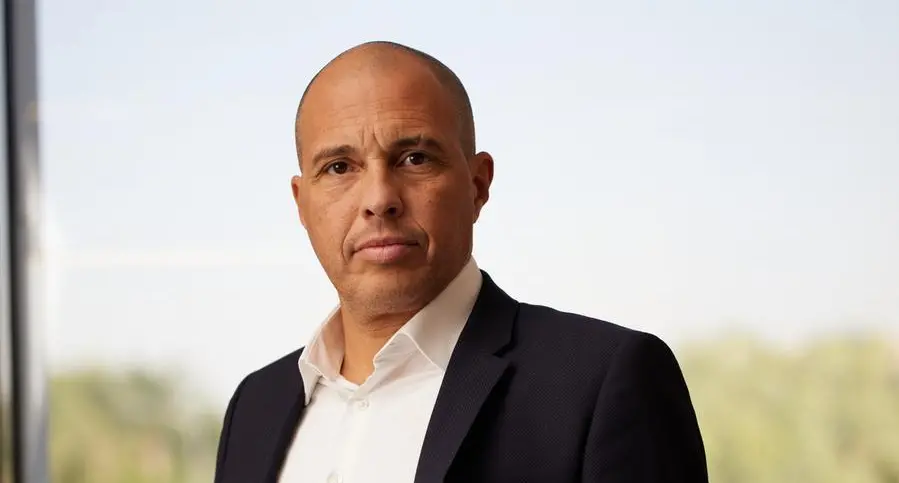PHOTO
Kenya’s Cabinet has approved a proposal by saccos to integrate into the national payment system (NPS) in a move aimed at reducing over-reliance on bank loans and taking over financial products and services currently offered by banks such as cheque books, foreign currency trading, Real Time Gross Settlement (RTGS) and Electronic Funds Transfers (EFTs).“In a bid to enhance the stability, efficiency and competitiveness of Kenya’s Savings and Credit Co-operatives (Saccos), the Cabinet has approved amendments to the Sacco Societies Act, 2008. The proposed reforms, outlined in the Sacco Societies (Amendment) Bill, 2023—now before parliament —aim to modernise financial and technological operations, particularly benefitting smaller saccos,” the Cabinet said in memo dated March 11.“Key reforms include a Sacco Shared Services Framework, allowing the financial institutions to pool resources, adopt fintech solutions, and enhance cooperation, while maintaining operational independence. A Central Liquidity Facility will facilitate inter-sacco transactions, short-term lending, and participation in the National Payment System, while a centralised data repository will improve regulatory oversight and efficiency.”The approval provides a big boost to the on-going amendments to the Sacco Societies Act, 2008 that will see the Saccos integrated in the National Payment System and eventual leading to the implementation of a Central Liquidity Facility (CLF)—an equivalent of the interbank money market— where saccos will be able to lend to each to offset their liquidity positions.
The amendments to the Sacco Act has created provisions for effecting of the CLF where saccos can lend and borrow money from one another thereby severing ties with commercial banks whose loans are considered ‘expensive.’Read: Kenyan saccos join National Payment System to lower cost of creditUnder the new plan saccos will run their own inter-Sacco market where they can lend and borrow from each other at reasonable rates to offset their financial positions.
The inability for saccos to directly integrate with the National payments System (NPS) has caused these societies to rely on banks and third parties (fintechs) for integration to the larger financial eco-system through arrangements that are unfavourable and expensive to saccos members.
They also lack State-backed mechanisms for emergency liquidity assistance (ELA) and are left to individually make contingency plans with commercial lenders which is very expensive.
The Sacco Society Regulatory Authority (SASRA) has been pushing for the formation of a Sacco Societies Shared Services Platform, with the capability of enabling saccos to provide Technology and Central Liquidity Facility services as well as enabling Saccos to participate in the National and International Payment System.
In 2019 the sacco regulator in consultation with the National Treasury and with the financial support from development partners, commissioned a study to determine the feasibility and viability of establishing and operationalising a sacco shared services model in Kenya.
The study also included a technical review of the legal, regulatory, and institutional framework to guide the establishment of any shared services by saccoss.
The study recommended formation of a Sacco Shared Service organisation (SASO), similar to the Credit Union Shared Organisation (CUSO) — commonly in Northern America, US and Canada— in order to undertake the various common or shared services for member saccos.
The SASO or Sacco Central seeks to promote financial stability and competitiveness of member saccos by providing a CLF, a shared technology platform, and appropriate payment solutions.
The Sacco Central was registered as a Secondary Co-operative in June 2022 and was inaugurated on April 15, 2023 with initial membership of 55 saccos.
Sources from the sacco sector say the integration of the societies into the national payments system would be a game changer and would improve their competitiveness in the financial sector elevating them to the league of commercial banks.“Currently we are also members of the Sacco Central. Sacco Central is a body that has been formed to bring together the sacco sector because one of the key weaknesses around the sacco model is that we do not have access to the national payments system and that is why some saccos had attempted to go and buy banks,” said source.“What we are looking at Sacco Central is to give us direct access to the national payments system and we think that is going to be a game changer. Look at the size of these institutions we are indeed larger than most banks in Kenya.”Read: Blow to Kenyan banks as Saccos close in on own money marketAccording to the source there are currently discussions on-going on whether Saccos will access the national payments system through the regulator or through a market driven approach. For instance, banks access the national payments system through their industry lobby the Kenya Bankers Association.“The discussion in the industry is where to best place it (NPS). Is it to be run through the regulator or to be run through a market driven approach. The banks access the national payments system through KBA so the discussions we are having currently is which model are we going to adopt (regulator or market driven model),” said source“I think there are still some discussions internally, there is house cleaning to be done so that we can agree on that then probably we can be able to move on but in terms of legislation remember the Sacco Societies (Amendment) Bill, 2023 currently in parliament already takes care of that and takes recognition of the fact there will be a Sacco Central.”The reforms are expected to position Saccos as key players in Kenya’s financial inclusion and economic empowerment agenda.
Failure to access the national payments system and the clearing house has seen Saccos form partnership with banks to enable them to offer these services at a cost.
© Copyright 2022 Nation Media Group. All Rights Reserved. Provided by SyndiGate Media Inc. (Syndigate.info).








